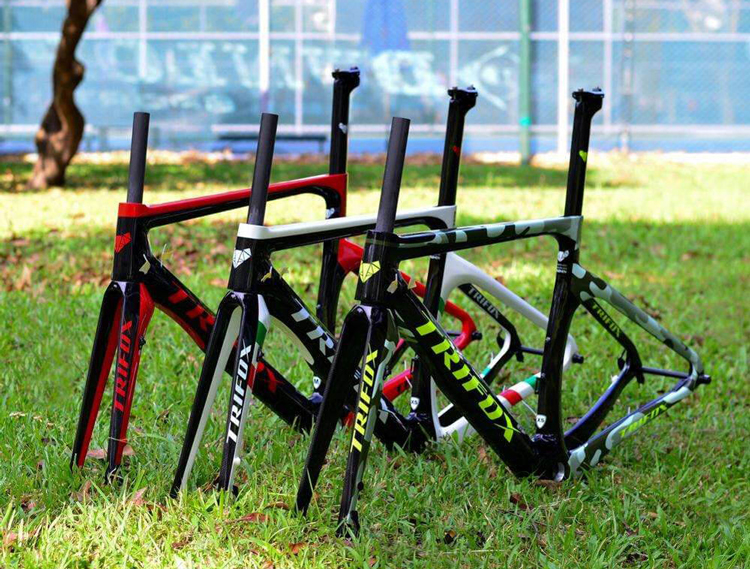The tire is the only component on the mountain bike that directly touches the ground. Its change will directly affect the mountain bike's grip, road feedback, and bike's weight.
Therefore, a set of suitable and excellent tires will make cycling more "simple" and more comfortable. Upgrading tires is also the most direct, simple, and "cheap" way to improve the riding experience.
Of course, in addition to performance, reliability also directly determines the quality of the cycling experience. After all, no one wants to be "abandoned" by the tires in the "ghost place" of the village and the shop. So today, I will show you the relevant knowledge about mountain bike tires.
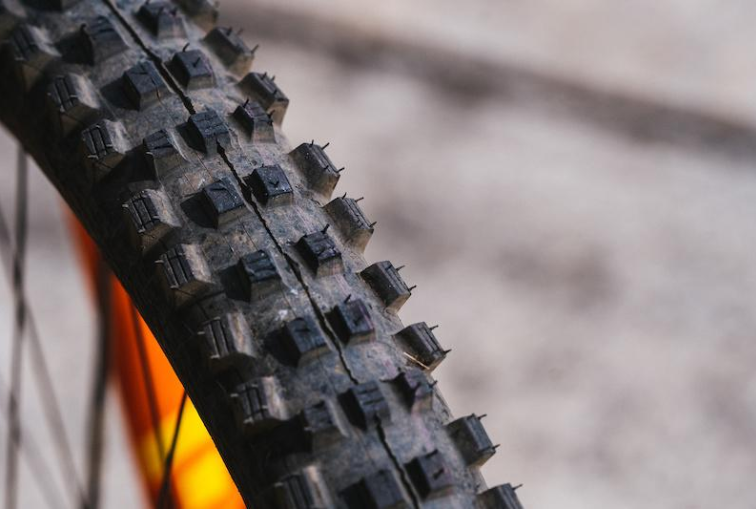
1. Tire width
Tire width will be the most important mountain bike tire data for many riders. And determine its positioning (XC, Trail, Enduro, DH) by tire width, and choose based on this. In fact, this concept is not completely correct. What really determines the tire positioning of mountain bikes is the setting of the tread pattern and the related data of the tire teeth.
Going back to the tire width itself, wider tires seem to mean better grip. In some cases, yes, but not all.
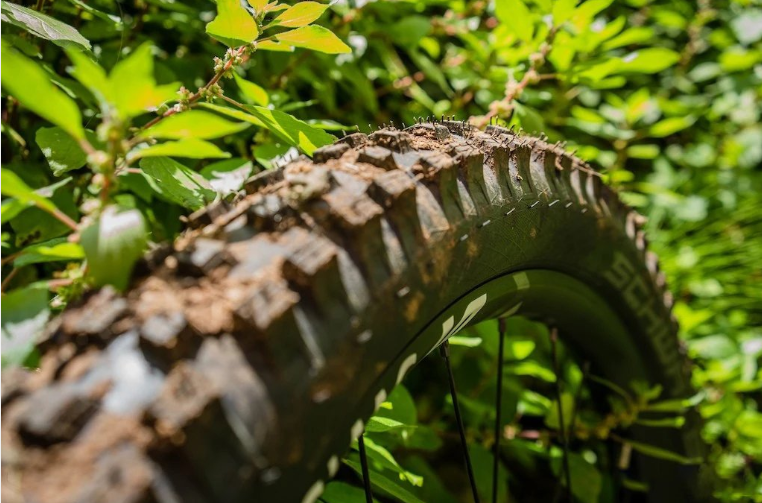
The same type of tire, except for the tire width, when the rest of the data settings are consistent (including but not limited to wheel diameter, tire pattern, tire teeth, grade, tire pressure setting, rim width), wider The tire width has a larger grip area, which means better grip. However, this does not apply to different types of tires.
Of course, the same product is not as wide as possible, it should be within a suitable range. Otherwise, wouldn’t the ultra-wide tires have long been popular? Relatively speaking, the wider the tire, the greater the rolling resistance, and balance and fit are the most important.
In addition, the width of the tire also determines the size of the teeth. For the same type of tire, the larger the tire width, the larger the size of the tire teeth, which is similar to scaling up with the tire width at the same time.
At the same time, the actual data of the tire width cannot be seen from the data alone. The rim matched with it is also an important factor in the actual data of the tire width. For example, the inner width of the rim, the rim with a hook, or the rim without a hook (of course the former has much more influence than the latter).
Back to the data itself, there are currently two expression standards for the tire width of mountain bike tires: one is the traditional British specification; the other is the more accurate ETRTO value.
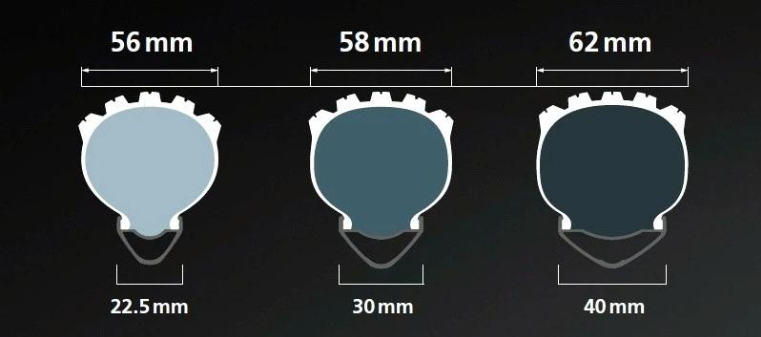
Let's first look at the traditional British specifications. The expressions such as 29×2.5, 27.5×2.4, 26×2.6, etc. marked on the tire are the expressions of the British specifications for tire width.
But in fact, the British specifications are not accurate. For example, the 29×2.2 version of the Vittoria Gato tire is actually converted to inches, and its tire width should be 55.8mm, but in fact, its tire width is 53mm (ETRTO value).
The significance of the British specifications is to help consumers choose the specifications that suit them according to the environment and intensity of use, that is, most riders use tire width to determine tire positioning. But the author also stated above that this is not always applicable.
The ETRTO value is the standard for accurately expressing tire width data.
2. Tire pattern/teeth
As a "competent" mountain bike tire, the tread pattern/teeth suitable for the use environment and strength are very important. Because the tread pattern/teeth are the decisive factors of the tire grip, rolling resistance, and other mathematical factors. We can analyze it mainly by the shape, arrangement, and size of fetal teeth.
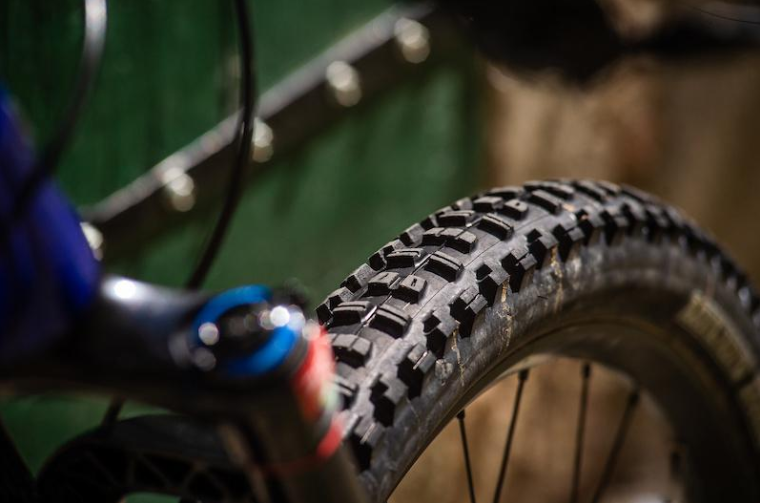
The shape of the fetal teeth is the decisive set of the tire. Different fetal teeth used in different positions can be arranged and combined to achieve different effects. However, the author does not intend to discuss the fetal teeth, because each brand of fetal teeth has different design focuses and concepts, and the products designed are also different, so I cannot discuss them one by one.
However, it is certain that the shape of the fetus teeth will have a lot in common under each major use positioning category, in other words, "all look similar."
Maxxis'BEAVER, FREE FLOW, aspen, SCHWALBE Rocket Ron, and SCHWALBE Rocket Ron tires with XC positioning are mostly shallower, and the shape of the edge in the forward direction is more “pointed” to cater to the ground, which provides less rolling resistance and facilitates climbing, and Maintain speed.
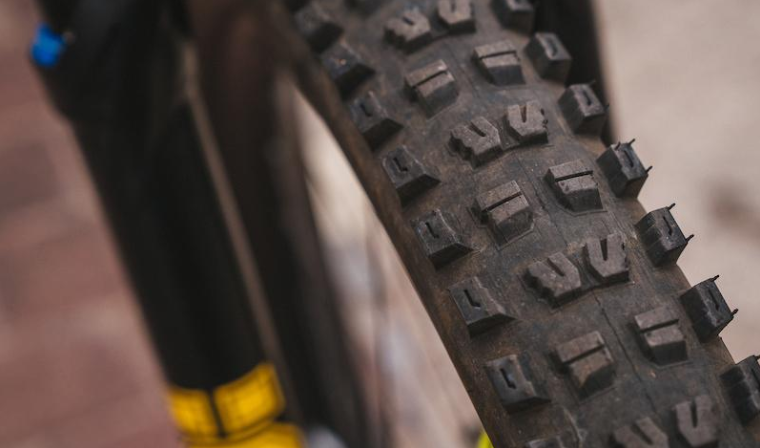
As for the effect brought by the fetal tooth shape, I will introduce a specific product as an example. Take the classic Maxxis DHF as an example. First look at the shape of the fetus in the middle. The middle tyre teeth are mainly responsible for “biting into the ground” and provide sufficient grip during riding. Some products designed specifically for the rear wheels will additionally consider “brake performance” (brake surface). The middle of the DHF adopts large particles of fetal teeth, which are arranged vertically. Provide enough grip, and excellent rolling.
The tyre teeth in the middle of the DHF are composed of two shapes, the rectangular tyre teeth and the trapezoidal tyre teeth. The edge of the tyre teeth of the rectangular tyre teeth is inclined forward, which can better cater to the ground. At the same time, a certain braking performance can be improved.
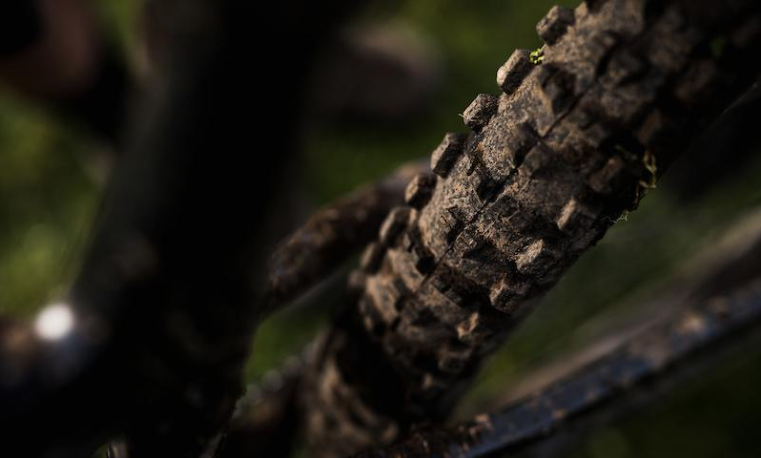
Trapezoidal tyre teeth can provide better grip, especially lateral grip when cornering. The side tyre teeth are very "aggressive" and tall and large, which can help in pumice road sections, the tyre teeth can pass through the surface pumice and touch the ground, keeping the bike’s grip controllable.
The side fetus of DHF is also made of a mixture of two types of fetal teeth. One is a large-particle rectangular fetus with a high grip and can provide sufficient guidance for cornering; the other is to provide additional lateral and straight lines. Powerful “L” shaped tire teeth.
The size of fetal teeth is another key factor in judging the tread pattern. It should be noted that this does not refer to the area of the fetal tooth, but its volume, in other words, the height of the fetal tooth.
In most cases, the larger and higher the fetal teeth, the stronger the grip. This is because the fetal teeth can “bite the ground” deeper. This is particularly useful in rain battles or on muddy roads, so we can see that the height of the tires of rain tires is extremely high. But the size of the fetal teeth still depends on the situation, not blindly bigger and more grip.
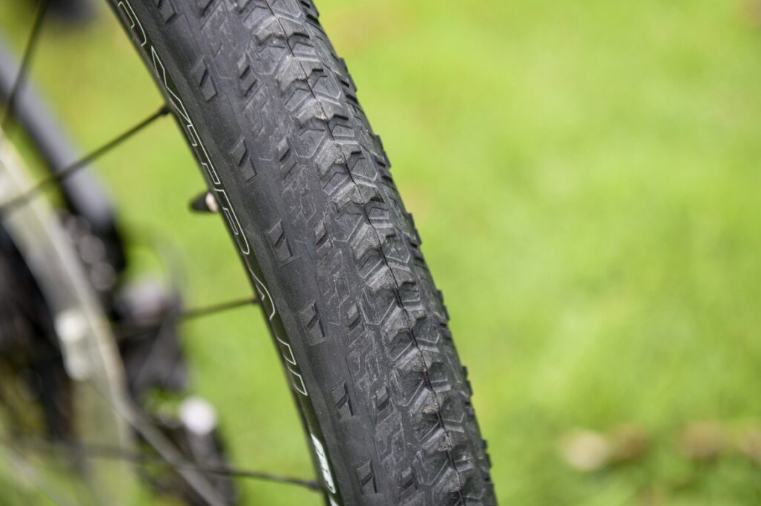
For example, in dry and hard road conditions, large and protruding fetal teeth can even be a disadvantage. Because the soil is hard, the tire teeth cannot “bite into the ground”, but the contact area will be less, which will result in greater rolling resistance and less grip.
3. Material
In addition to the width of the tyre and the tyre/tread pattern, the material or technology used in the tyre is also very important (the technology here refers to the material technology).
The same type of tire, using different grades of materials, its performance will be very different, the price, you know. Normally, the higher the grade of rubber, the softer and the more grip it has (Of course, it is not that the softer the rubber is the higher the grade, it depends on the products of each brand; at the same time, the softer the rubber material is not in all cases, the grip The better the ground, but in most cases it is).
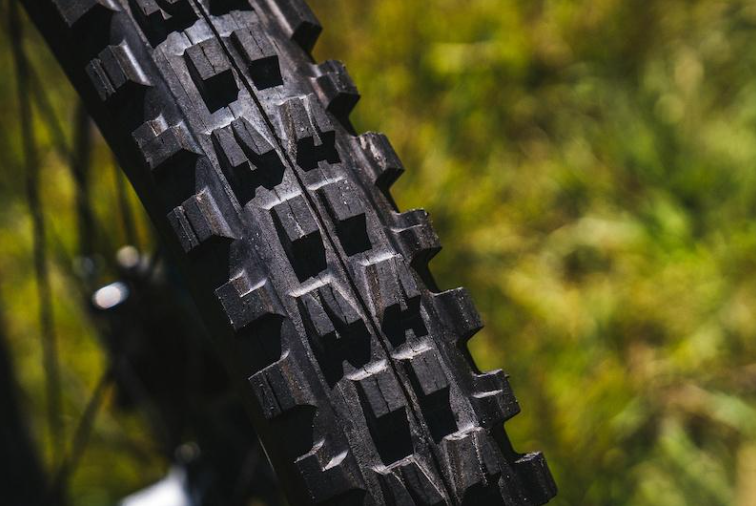
Different hard rubber and the soft rubber of the same tire (such as Shiwen’s blue line and purple line), the hard one usually rolls faster and has lower rolling resistance. But the soft rubber version usually provides better grip. But the softer the rubber, the faster it wears.
Of course, the tires nowadays are also full of technology, and it is not uncommon to use different synthetic rubbers according to the different positions of the tire teeth.
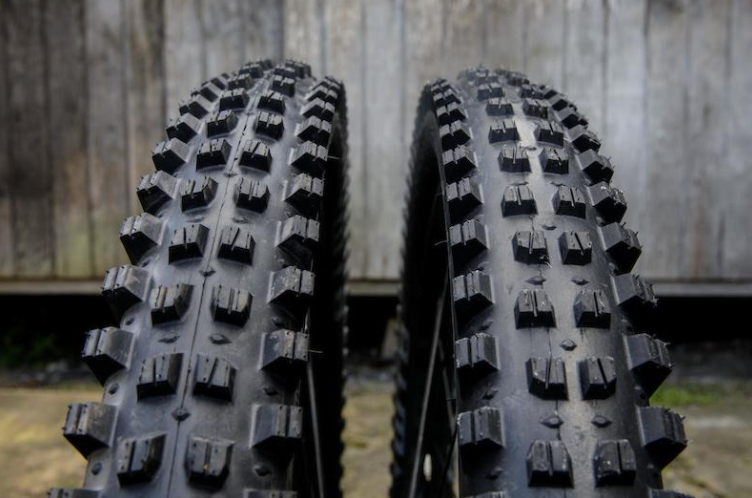
In addition, each mountain bike tire has its own unique technology to enhance product performance, such as adding wear-resistant materials to the sidewall to increase reliability and adopting certain technologies to reduce the probability of puncture. However, since each family is different, it is not easy for the author to make a unified discussion here.
































































